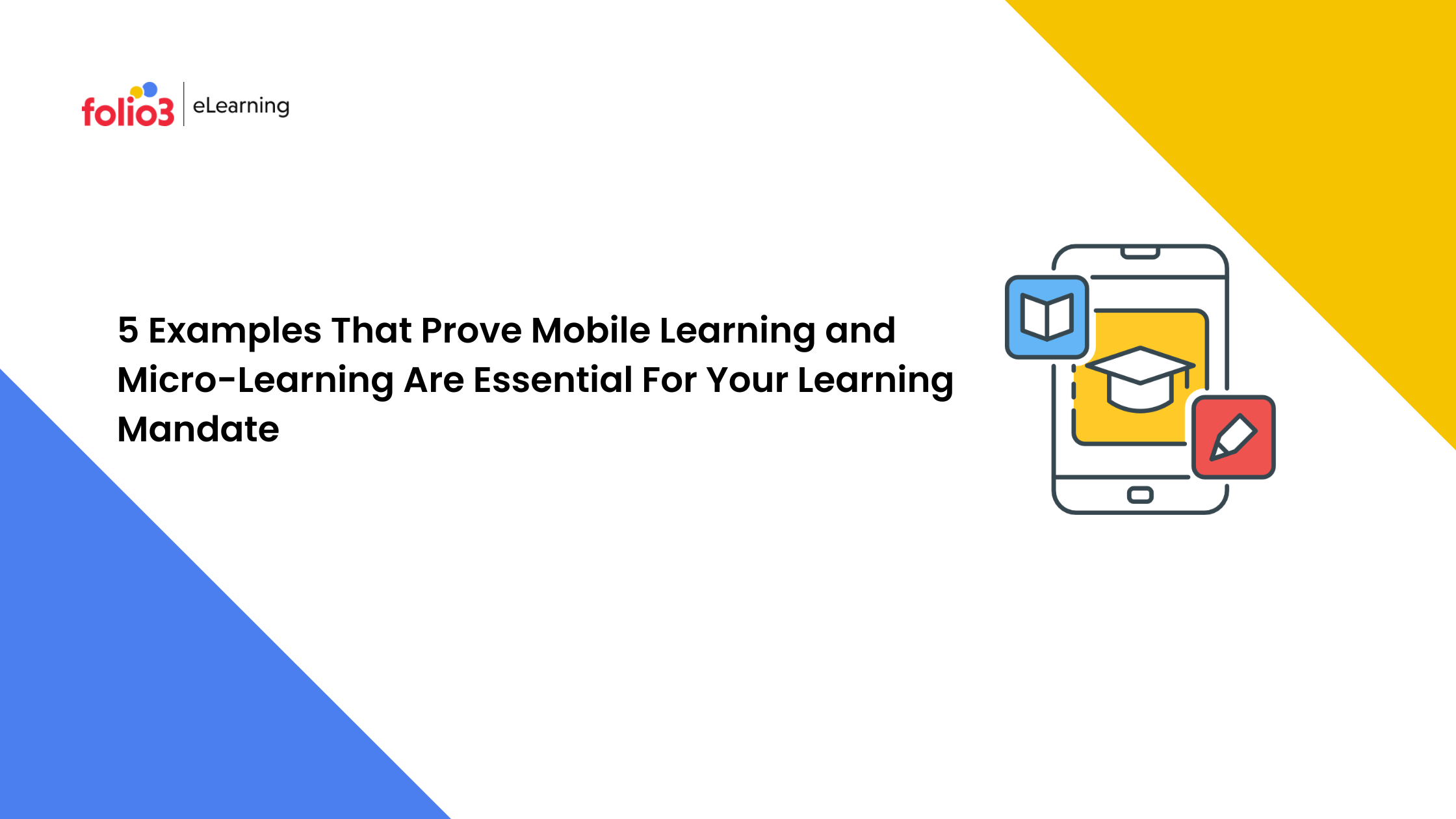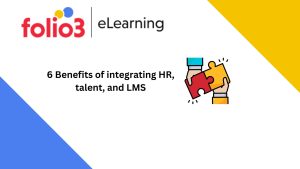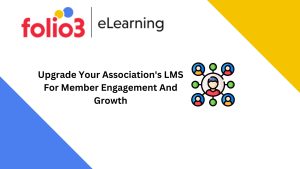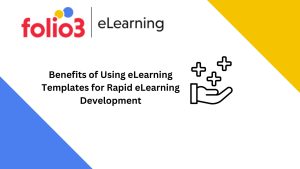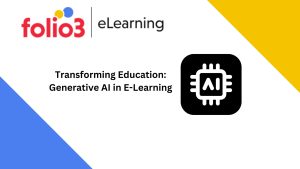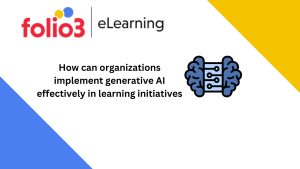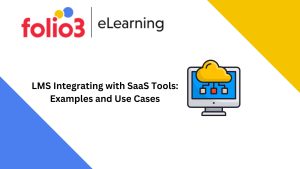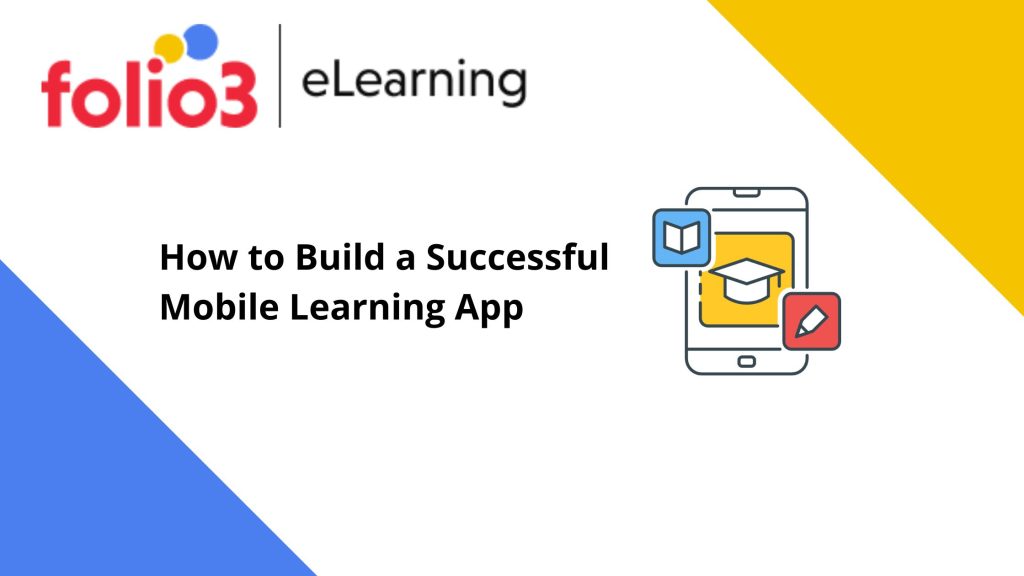
Executive Summary: Successfully building a mobile learning app is not impossible. This article outlines eight steps involving custom eLearning apps and helps develop the perfect bespoke mobile learning app for your organization.

Custom eLearning app development is the process of specifically designing tailored eLearning applications and solutions using the colors, content, images, and themes that belong to your organization and are unique. Building a successful eLearning app is highly beneficial to your company regardless of whether you’re in the education sector, and that says a lot about its importance. Here is how you can build the perfect customized mobile learning app in 8 simple steps
How to Build a Successful Mobile Learning App in 8 Steps
1) Identify Your Target Audience
Knowing your target audience is the first and most important step in building a successful mobile learning app. Once you have your audience figured out, it would be easier to make the app around their understanding and learning levels so that you can build the features and tools accordingly.
Your audience or end users could be primary school children, high school children, college students, adults, teachers, and even employees. They would have different levels of understanding and be on different learning curves. This is why identifying your audience right from the start can save you significant effort and time. Once you have determined your target audience, you can work on the objectives and needs of those in your audience to start finalizing your requirements and build your app around them.
2) Develop Your Marketing Strategy
You may be able to build your app without any marketing, but it will never be successful until your target audience learns about it. That is what marketing does for you. It turns your eLearning application into a successful one.
After all, it is important to capture the attention of your target audience, and for that, you will need to promote your app. If you are new to the market and don’t have an in-house team that can look after your marketing needs, you can always outsource and hire a team to prepare a custom marketing strategy for your mobile app. Furthermore, you can use email marketing and leverage social media platforms like Instagram, Facebook, and LinkedIn for more coverage and reach.
3) Note Down the Necessary Specifications
If you don’t prioritize, you can end up with a mobile learning app with many unnecessary features and functions that don’t add value to it. So many parts will make your app lag, leaving your users frustrated and unsatisfied. This is why it is important to collect all your requirements and list all the necessary specifications that are essential and add value to your app.
It’s not like multifunctional apps will cause any major issues, but as mentioned, it can greatly reduce the app’s value instead of adding to it. Therefore, it’s always better for the app to focus on one aspect and all the specifications around it pertaining to the content and users.
4) Prepare the Content and Delivery with the Appropriate Teaching/Learning Methodology
Your audience is set, your marketing strategy is ready, and your specifications are listed. You must finalize the content and prepare it using a technique your audience can relate to and understand. You also need to decide how your users will deliver the content. Your mobile learning app will succeed only if you use the right teaching methodology to reach your audience. The main goal of your app is to offer a memorable learning experience to your learners and users so that they can remain engaged and retain the knowledge they learn. The key to success is your users’ ability to apply and use the knowledge they acquire.
For your understanding, here are some examples of methodologies and techniques that can contribute to a more effective mobile learning app. However, one must remember that different methods will work differently for different audiences.
- Student-centered instruction
- Teacher-centered instruction
- Project-based learning
- Inquiry-based learning
- Cooperative learning
- Flipped classroom
- Blended learning
- Gamification
Personalization is always the key to making any application successful. Your mobile learning app will work if it is user-centric and offers a personalized experience to your users. This means your app and the content must be tailored to the learners’ preferences and requirements. A customized user experience will mean more engagement and faster learning, which is good for your app regardless of your goals.
5) Personalize Your User Experience
You can follow these tips to personalize your app and user experience:
- Use your learners’ names to address them when they are using the app.
- Ensure the content is tailored to your users’ needs, preferences, and capabilities.
- Let your users choose their colors and personalize their apps according to their preferences.
- Give them the option to select their tasks and learning activities.
- Give them the option to learn at their own pace.
- Give them the option to skip parts of the content and course they already have expertise in.
6) Don’t Forget Your KPIs
Something that app developers forget ever too often is KPIs because they are so focused on searching for more and more users. They don’t realize that the number of users does not matter as much as factors like churn rate, retention rate, and other KPIs if your goal is to maximize revenue. You must also consider factors such as Return on Investment (ROI), average revenue per user, and lifetime value.
7) Choose The Right Mobile learning App Development Company
Even if you have everything in order and all your requirements crystal clear, you can’t build a successful mobile learning app without the perfect software development company. Due to the increase in demand for mobile apps, the development industry has also shown a spike in growth. This is why you have to make more of an effort to find a development company that understands your needs and specifications and then helps you realize your idea exactly the way you want it.
You can find the right development company and team by asking the right questions. But first, you have to decide whether you want to select a freelancer or a development team that’s part of a software development company. This is all, of course, if you don’t have a team that can singlehandedly design and develop your mobile learning app for you. All you have to ask the companies that you have narrowed down are questions like:
- How much experience do you have in developing mobile learning apps?
- How many have such projects been delivered successfully before?
- What is the size of your team, and who is a part of it?
- How often will we communicate regarding design and development?
- How soon will the app be built?
- How much is it going to cost?
8) Test your Mobile Learning App
However long the development may have taken, testing is a stage that cannot be skipped if you want a successful eLearning app. This stage is what brings out many factors that may have been accidentally overlooked during the development and design phase and have to be fixed before the learners use your application.
A quicker and cost-effective way to do this is to not test the whole app together before launch and to test it as it gets developed at every stage. This helps fix any bugs there and then and does not take you back to square one so that you can be worry-free when you are finally ready to launch the app at completion.
So this was how you could leverage custom eLearning app development to help you build a successful mobile learning app. If you have any questions about any of these steps or want to know more about building the right eLearning app for your users, reach out to us for a free consultation!

